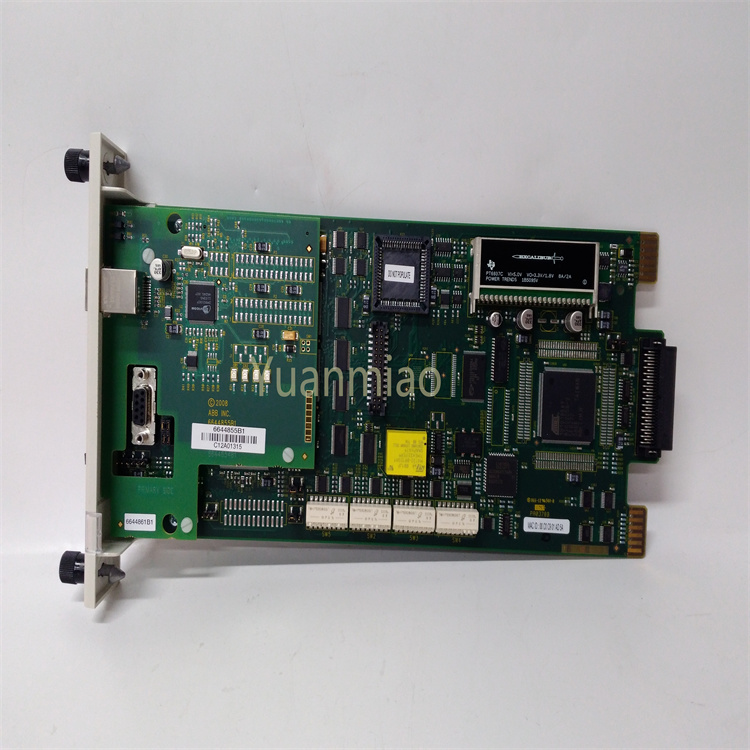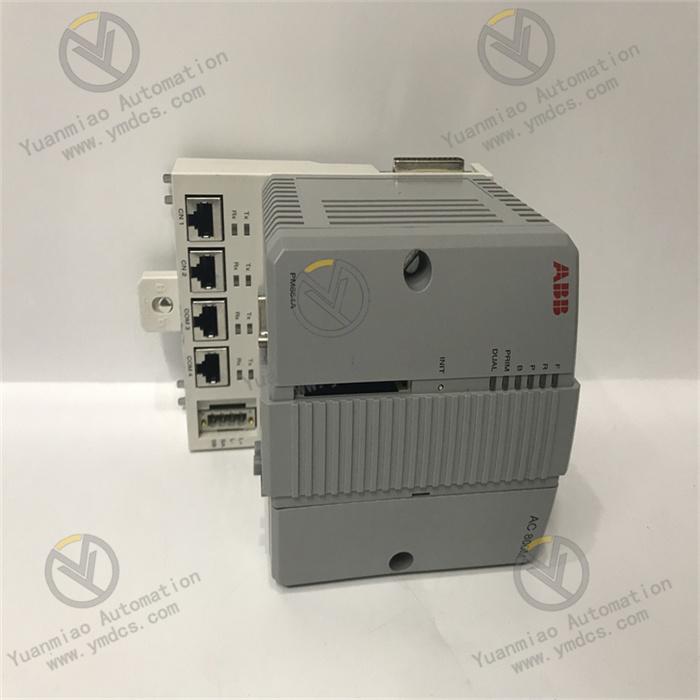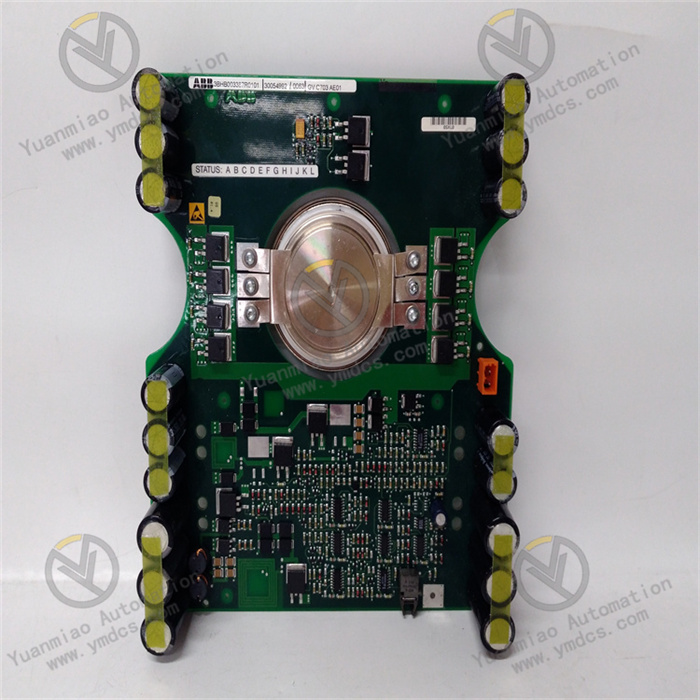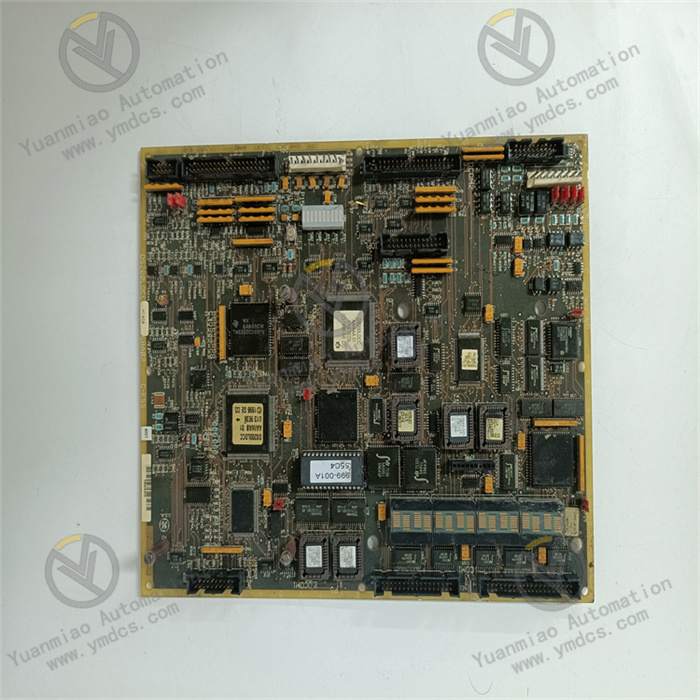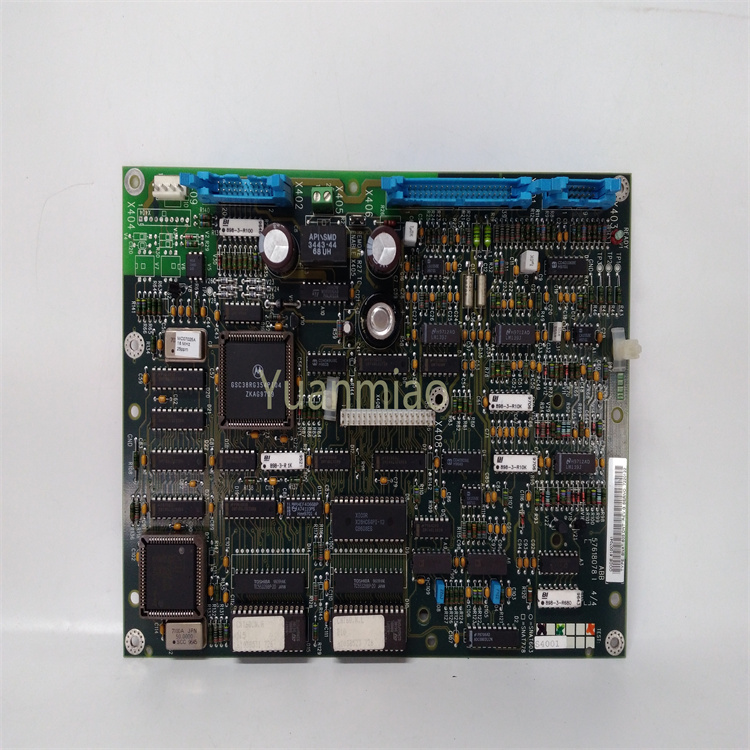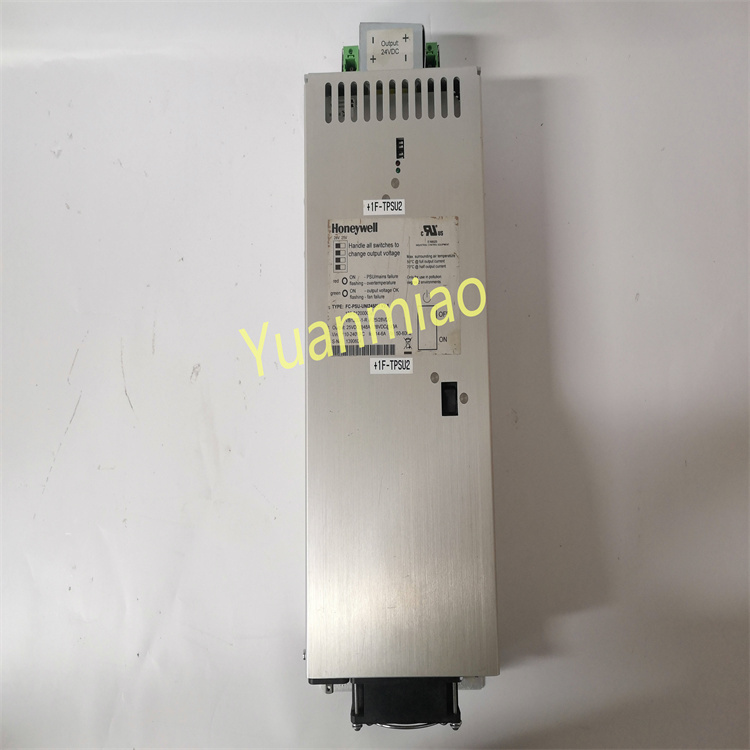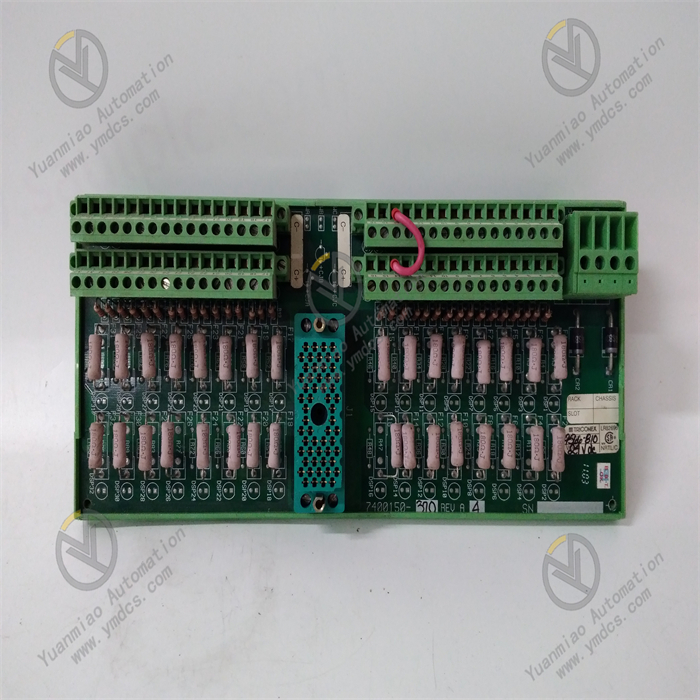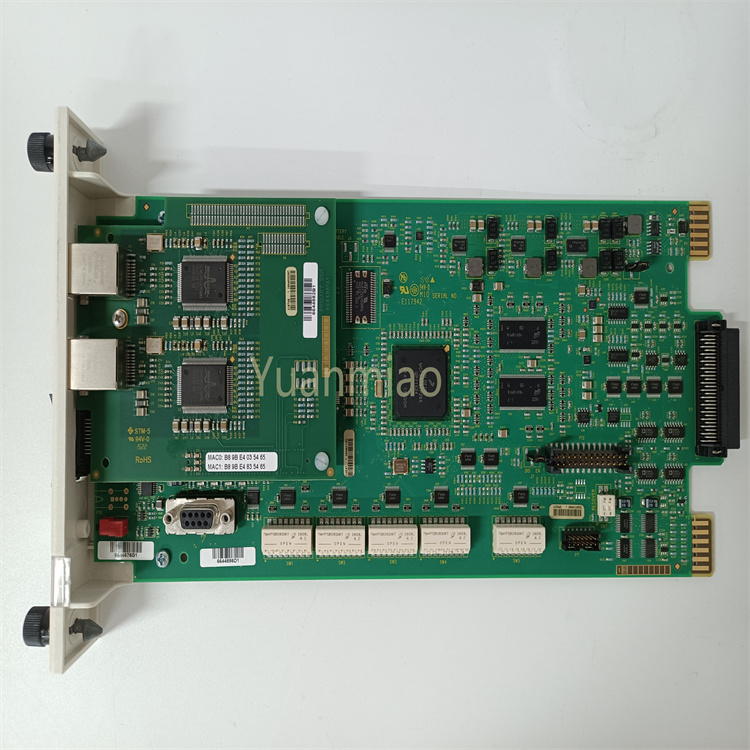Description
Basic Parameters Dimension Specification: It is relatively compact, with 4 slots and a small external dimension. It can effectively save the space of the workbench surface and is convenient for integration into various test systems. Its specific physical dimension design is suitable for installation and use in a variety of environments, making it convenient for users to layout according to actual needs. Power Supply: It has a built-in power module that can provide a stable power output and offer reliable power support for the modules on the slots. It can adapt to a certain range of input voltages and can usually work normally in common industrial or laboratory power environments, ensuring the stability of the system. Bus Type: Based on the PXI bus standard, this bus is developed on the basis of the PCI bus and has high-speed data transmission capabilities. The PXI bus combines the electrical characteristics of the PCI and the mechanical characteristics of the CompactPCI, and supports the plug-and-play function, which is convenient for the installation and replacement of modules.
Functional Features Modular Design: One of its biggest features is the support for modular insertion. The 4 slots allow users to flexibly select and install PXI modules with different functions according to specific test, measurement or control requirements, such as data acquisition modules, digital I/O modules, communication modules, etc. This modular design makes the system highly scalable and customizable, and it can be upgraded and adjusted at any time according to the changes of the project. Synchronization and Trigger Function: It has advanced synchronization and trigger mechanisms, which can ensure the precise synchronous operation among multiple modules. Through the internal trigger bus and synchronous clock, different modules can perform data acquisition or execute specific operations at the same time point, so as to achieve high-precision measurement and control tasks. For example, in a multi-channel data acquisition system, the data of each channel can be accurately and synchronously collected to ensure the accuracy and consistency of the data. Heat Dissipation Performance: It adopts an effective heat dissipation design to ensure the stable operation of each module during long-term operation. The heat dissipation structure inside the chassis can timely dissipate the heat generated by the modules, avoiding performance degradation or malfunctions caused by overheating. Good heat dissipation performance is crucial for ensuring the reliability and stability of the system.
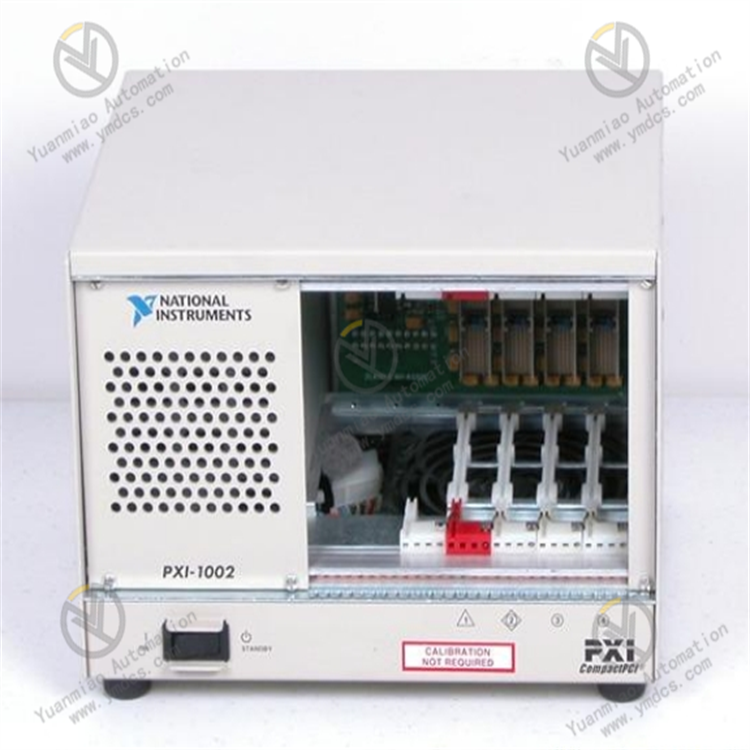 Application Scenarios
Electronic Test and Measurement: During the research, development, production and quality inspection of electronic devices, the NI PXI-1002 can be used in combination with various test modules to achieve performance tests of electronic components, circuit boards and complete machines. For example, in combination with a digital multimeter module and an oscilloscope module, parameters such as the voltage, current and frequency of the circuit can be accurately measured; in combination with a logic analyzer module, the signals of the digital circuit can be analyzed and debugged.
Automation Control: It is used in industrial automation control systems as the hardware platform of the control core. By connecting various sensors and actuators and combining with corresponding control modules, the automation control of the production process can be realized. For example, in an automated production line, it can control the movement of the robotic arm and monitor the product quality on the production line.
Scientific Research: In scientific research fields such as physics, chemistry, biology and other experiments, the NI PXI-1002 can build customized experimental measurement systems. For example, in optical experiments, in combination with a optical power meter module and a wavemeter module, the optical signals can be measured and analyzed; in biomedical experiments, in combination with a data acquisition module, physiological signal data can be collected for research.
Application Scenarios
Electronic Test and Measurement: During the research, development, production and quality inspection of electronic devices, the NI PXI-1002 can be used in combination with various test modules to achieve performance tests of electronic components, circuit boards and complete machines. For example, in combination with a digital multimeter module and an oscilloscope module, parameters such as the voltage, current and frequency of the circuit can be accurately measured; in combination with a logic analyzer module, the signals of the digital circuit can be analyzed and debugged.
Automation Control: It is used in industrial automation control systems as the hardware platform of the control core. By connecting various sensors and actuators and combining with corresponding control modules, the automation control of the production process can be realized. For example, in an automated production line, it can control the movement of the robotic arm and monitor the product quality on the production line.
Scientific Research: In scientific research fields such as physics, chemistry, biology and other experiments, the NI PXI-1002 can build customized experimental measurement systems. For example, in optical experiments, in combination with a optical power meter module and a wavemeter module, the optical signals can be measured and analyzed; in biomedical experiments, in combination with a data acquisition module, physiological signal data can be collected for research.
Installation and Maintenance Installation Method: It provides a variety of installation methods. It can be installed on a standard 19-inch rack or placed on a workbench for use. The rack installation method is suitable for large systems that require centralized management and deployment, while the workbench installation method is more flexible and suitable for small laboratories or on-site test environments. Maintenance: The NI Company provides comprehensive technical support and after-sales service. Users can obtain relevant technical materials and assistance through channels such as online documents, technical forums and customer service hotlines. In terms of maintenance, regularly cleaning the dust inside the chassis, checking whether the connections of the modules are firm, and starting and shutting down the system according to the specified operation procedures are helpful to extend the service life of the equipment and ensure the normal operation of the system.

National Instruments Related Products
| CFP-2200 | PXIE-6571 |
| CFP-2210 | PXIE-6612 |
| CFP-2220 | PXIE-6614 |
| CFP-AI-100 | PXIE-6672 |
| CFP-AI-102 | PXIE-8106 |
| CFP-AI-111 | PXIE-8135 |
| CFP-AO-200 | PXIE-8234 |
| CFP-AO-210 | PXIE-8301 |
【 Disclaimer 】
We sell new products and discontinued products, independent channels to buy such special products. Guizhou Yuanmiao Automation Equipment Co., Ltd. is not an authorized distributor, dealer or representative of the products featured on this website. All product names/product images, trademarks, brands and microlabels used on this Website are the property of their respective owners. Descriptions, depictions or sales of products with such names/images, trademarks, brands and logos are for identification purposes only and do not imply any association or authorization with any rights holder.


